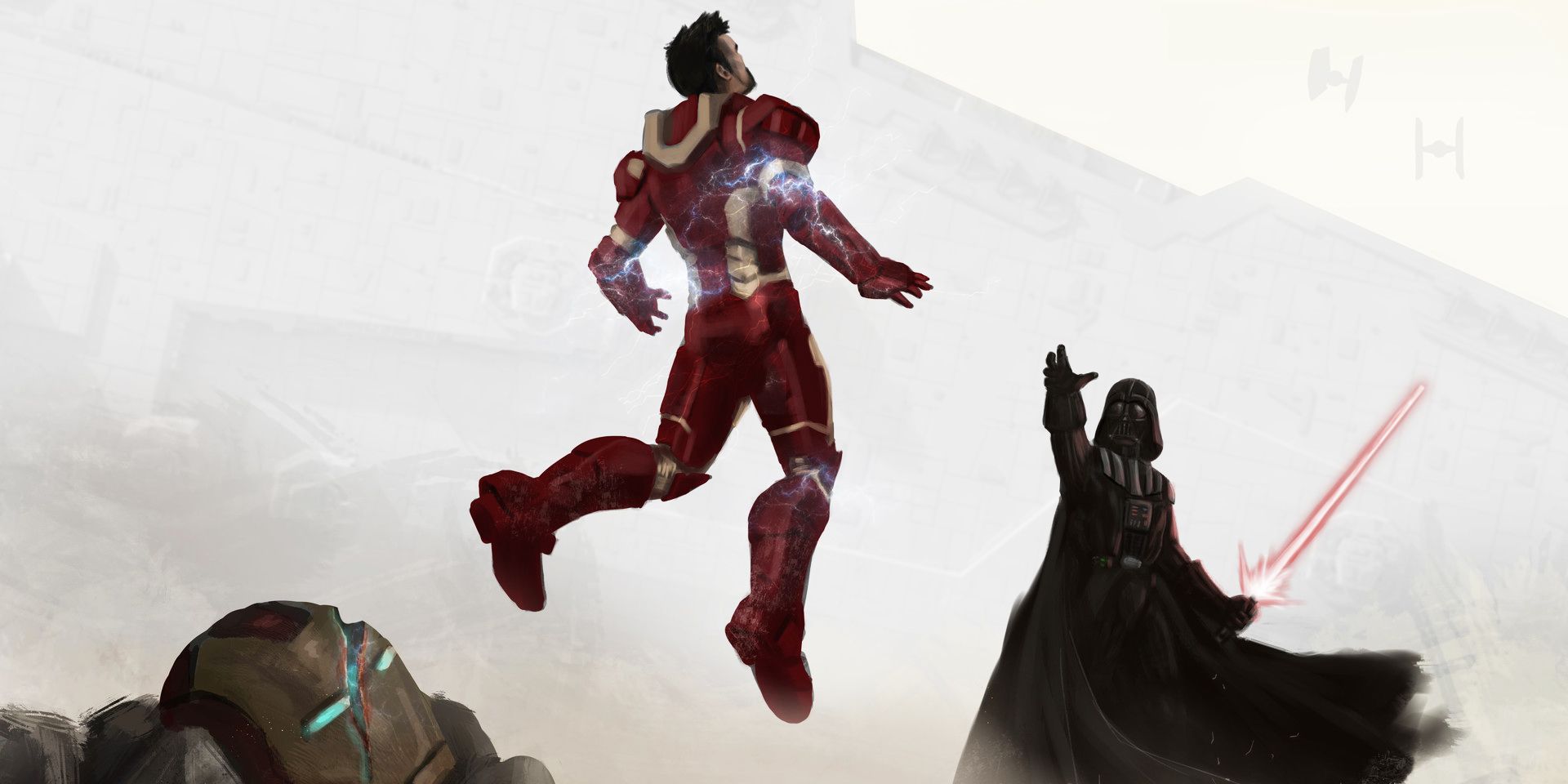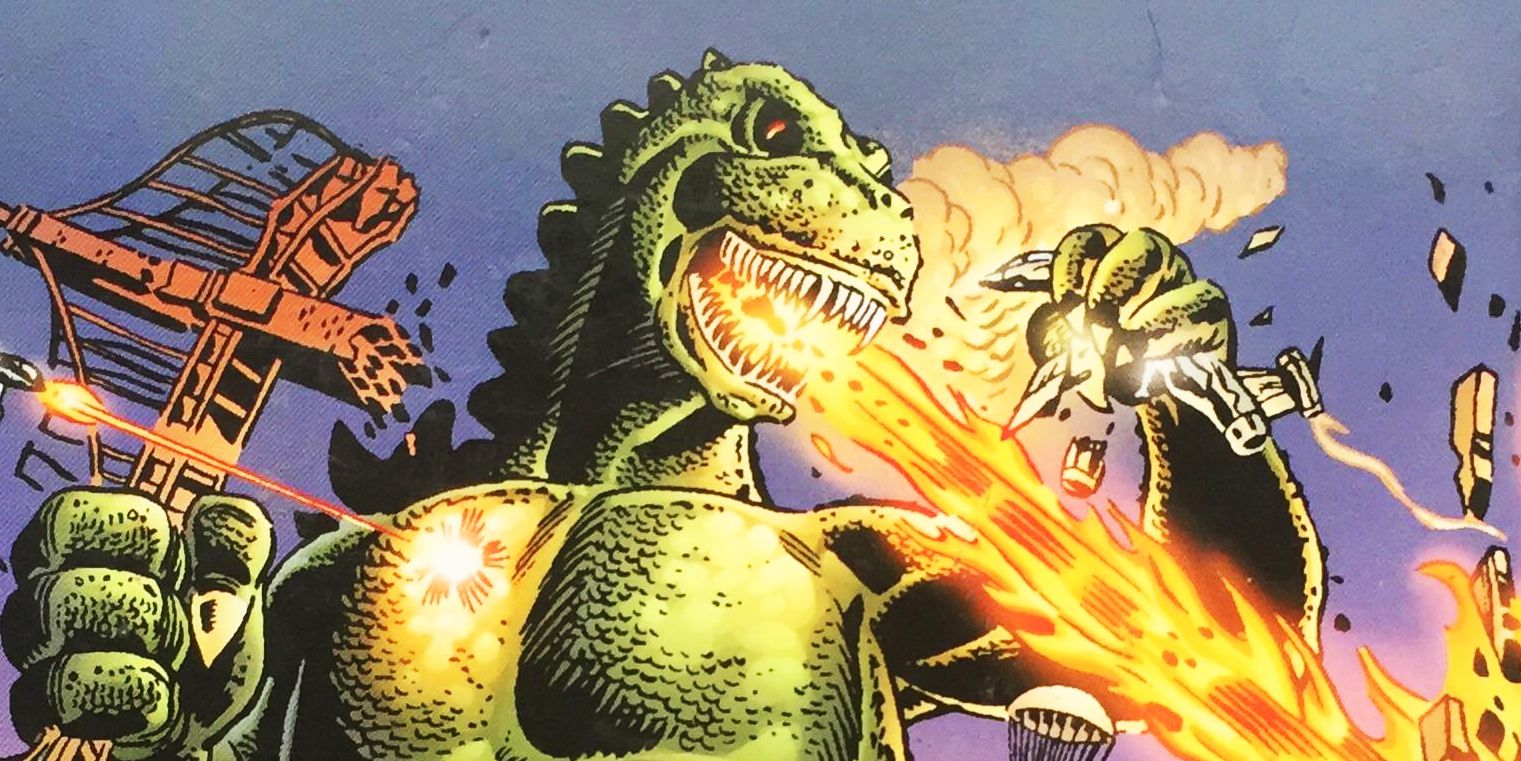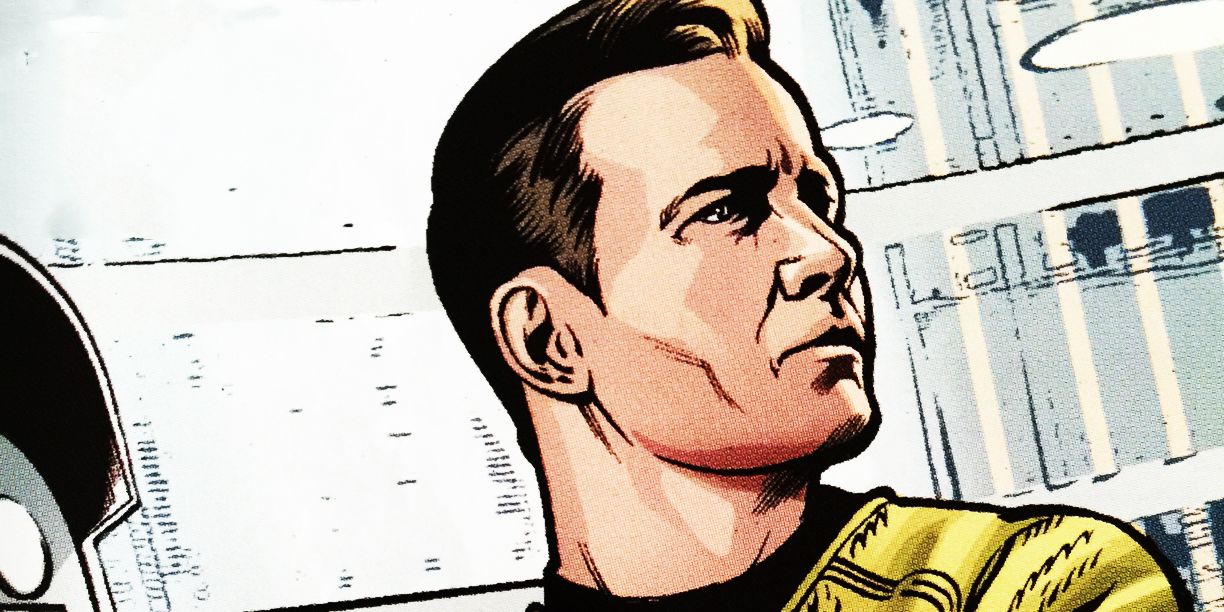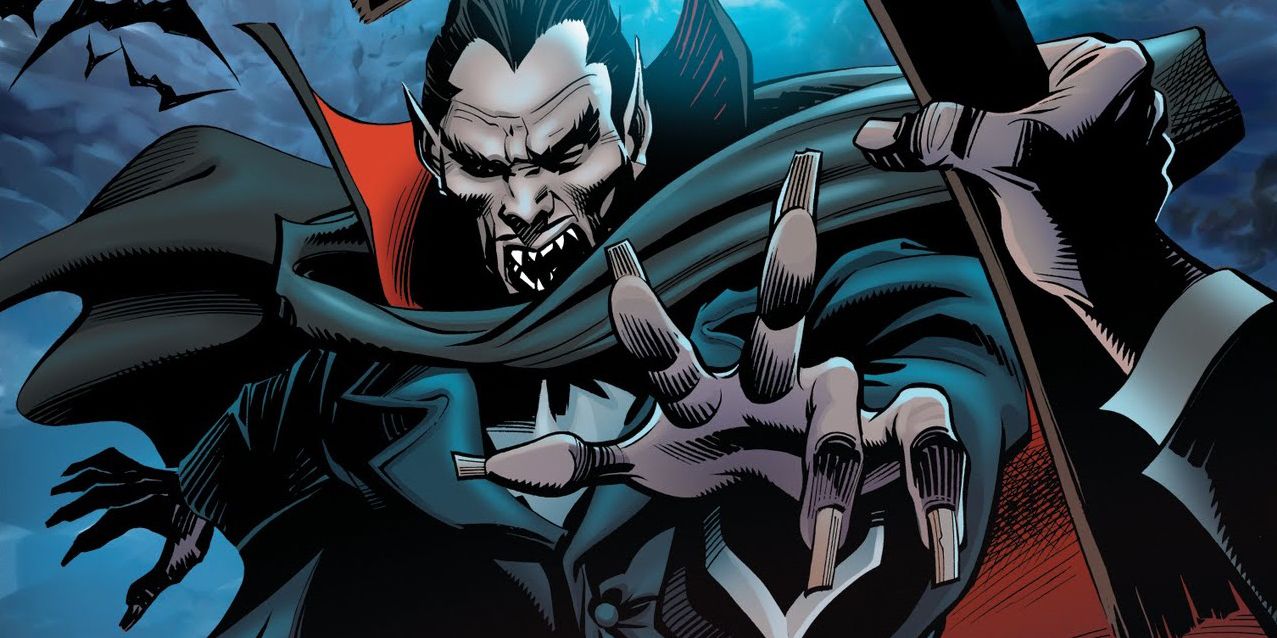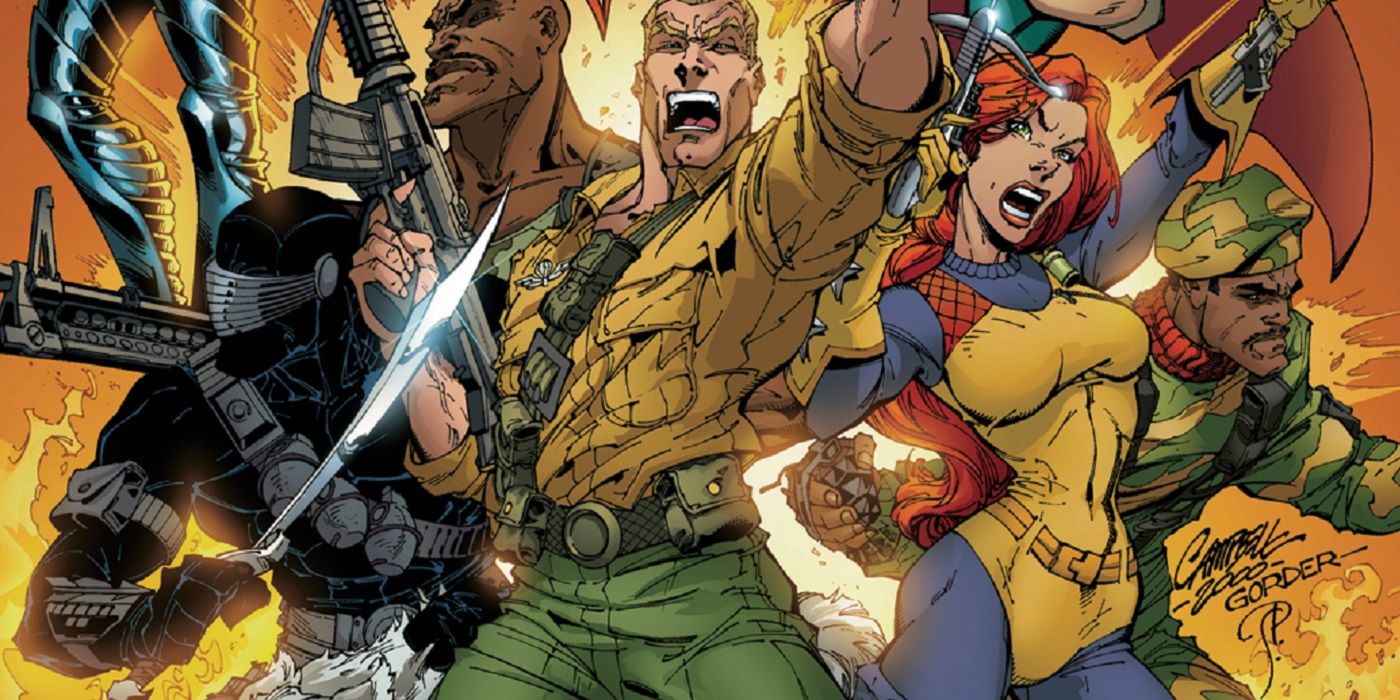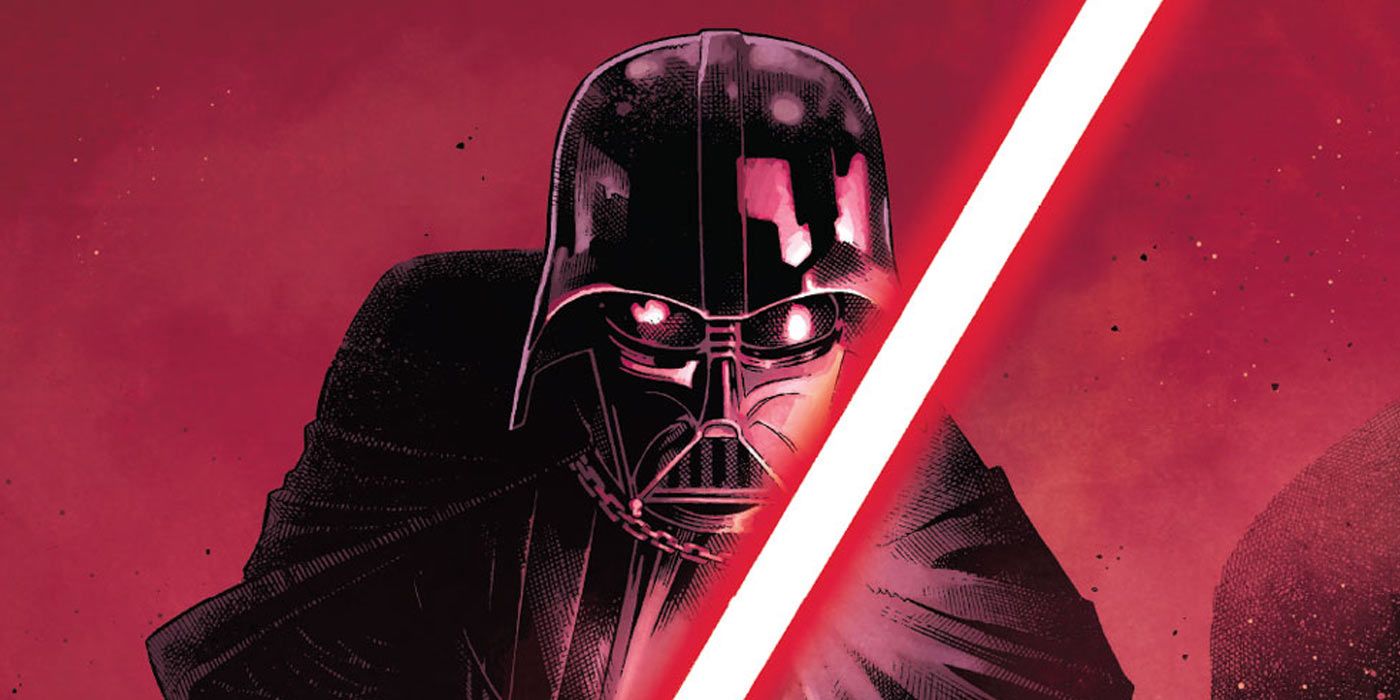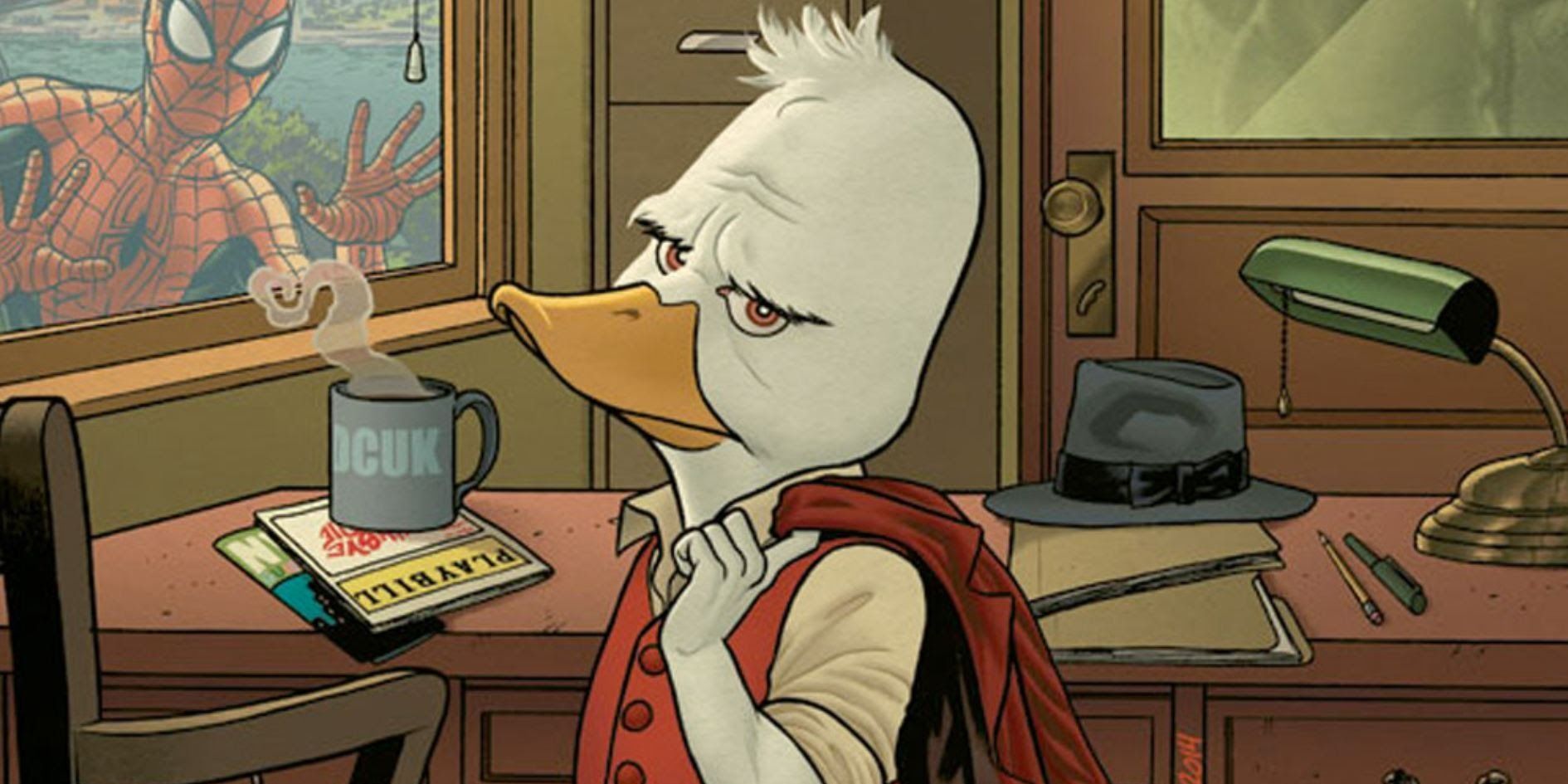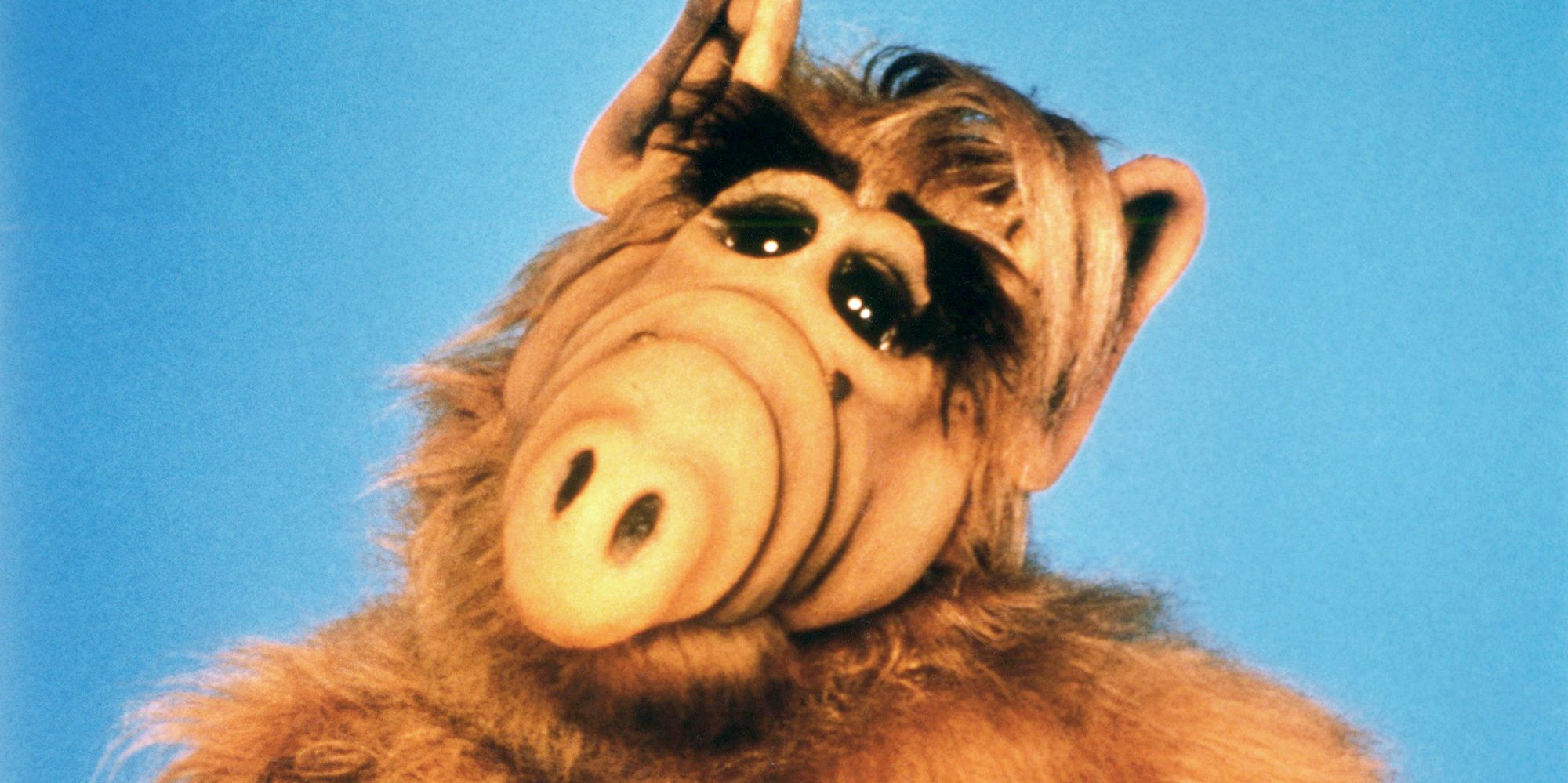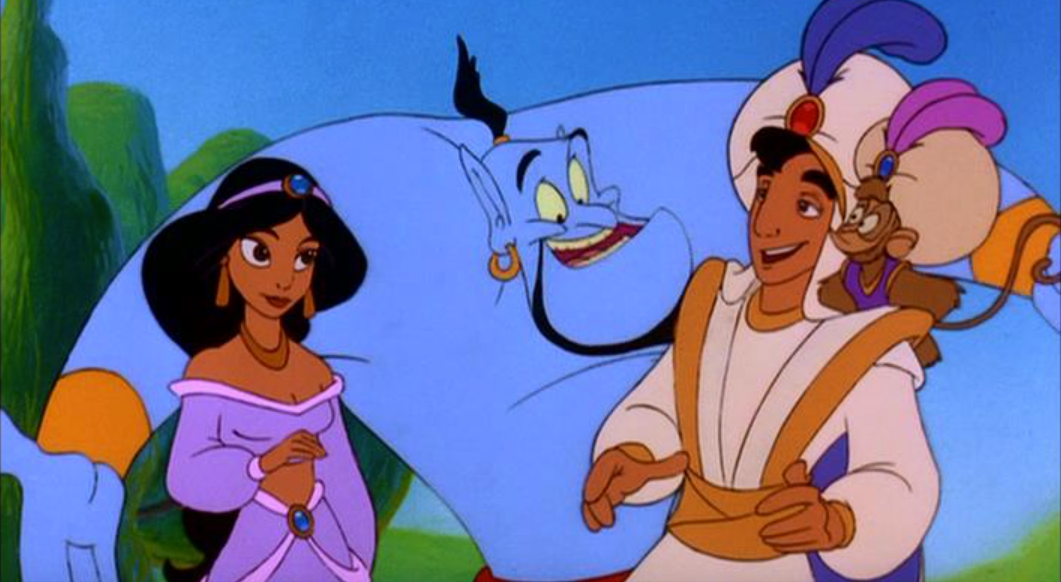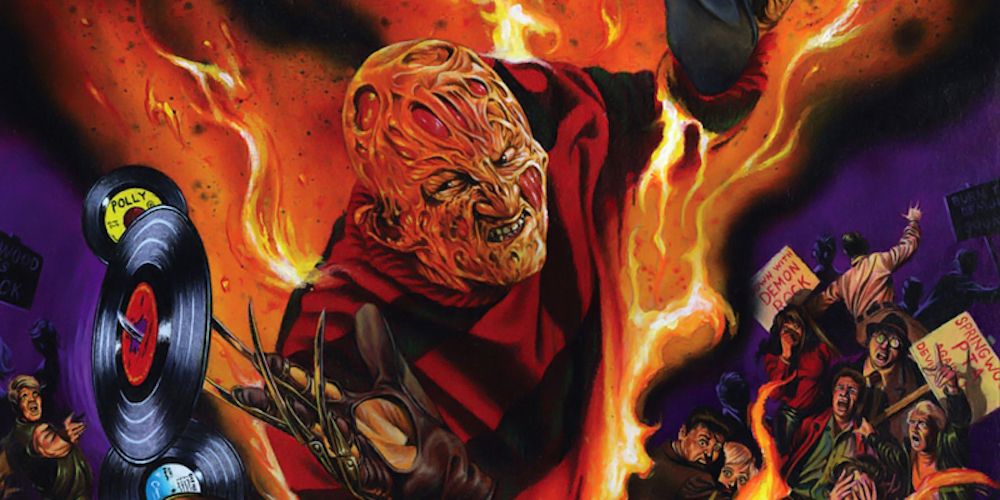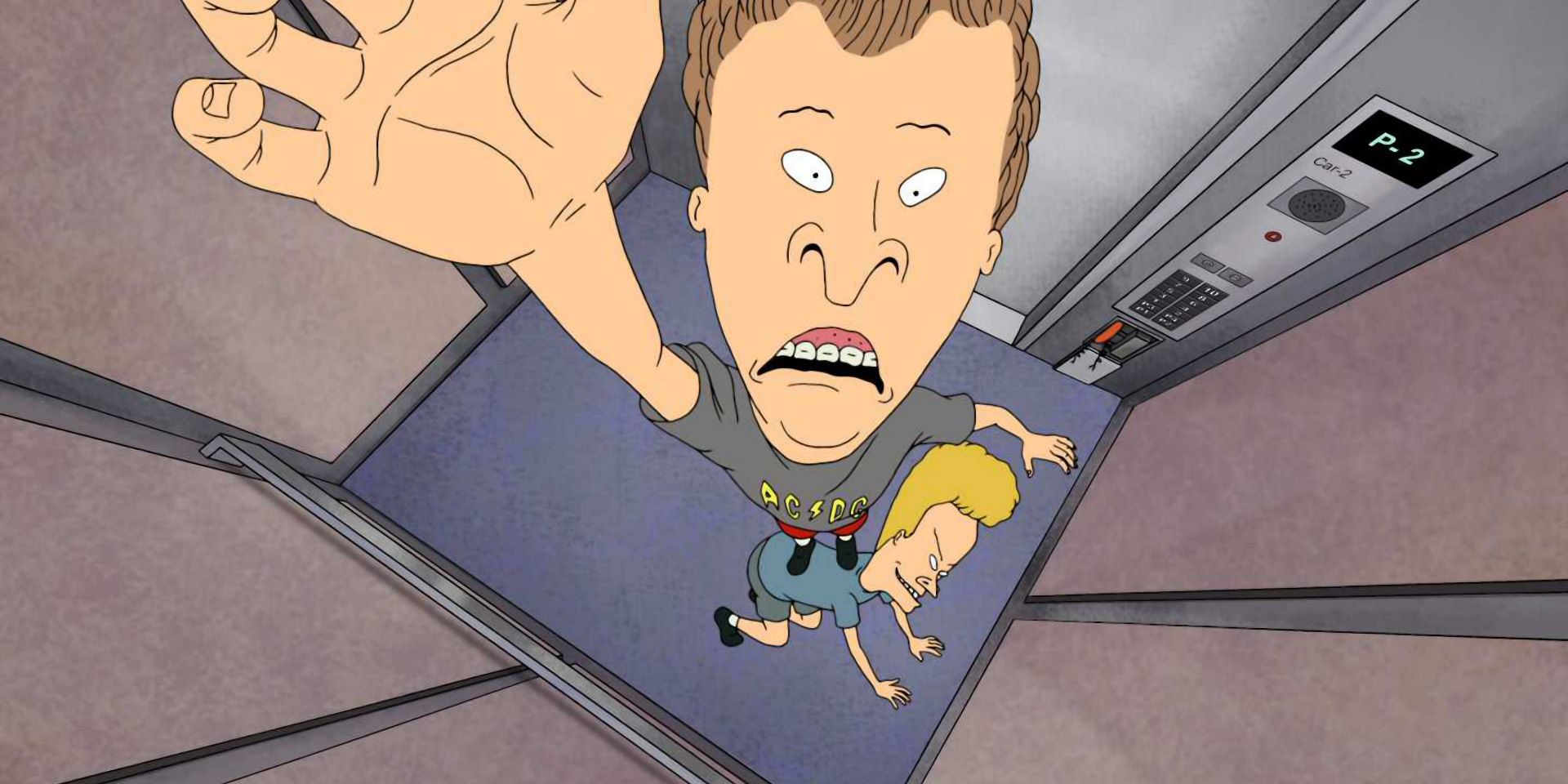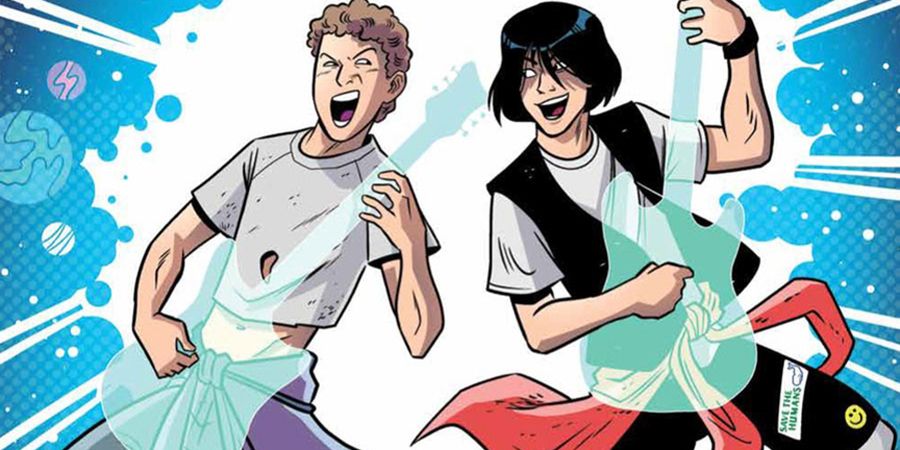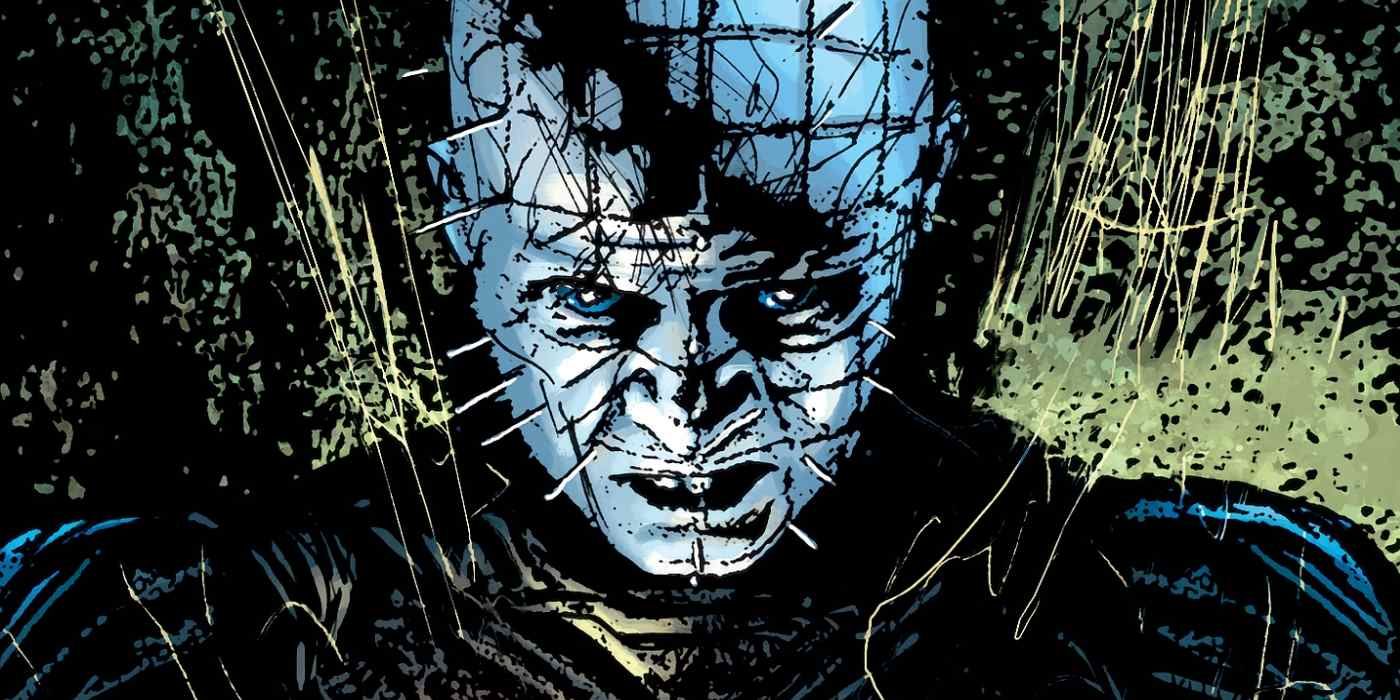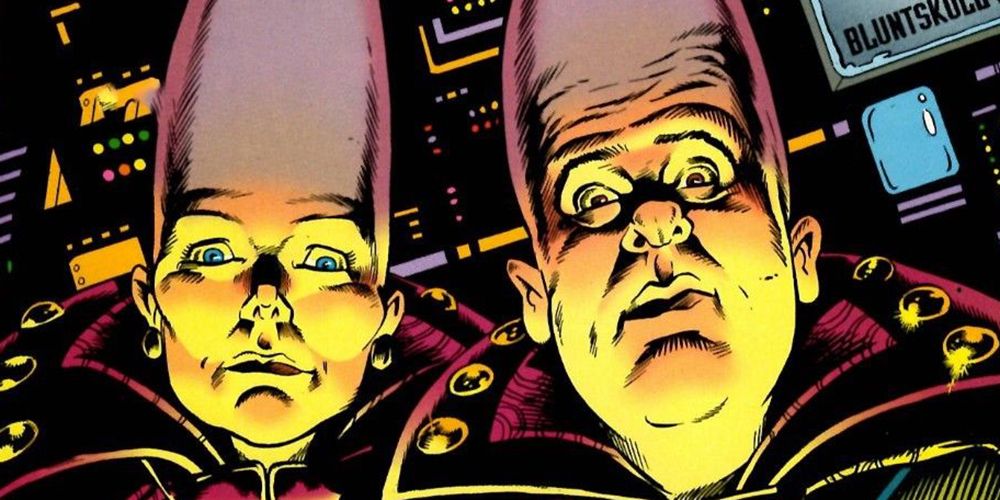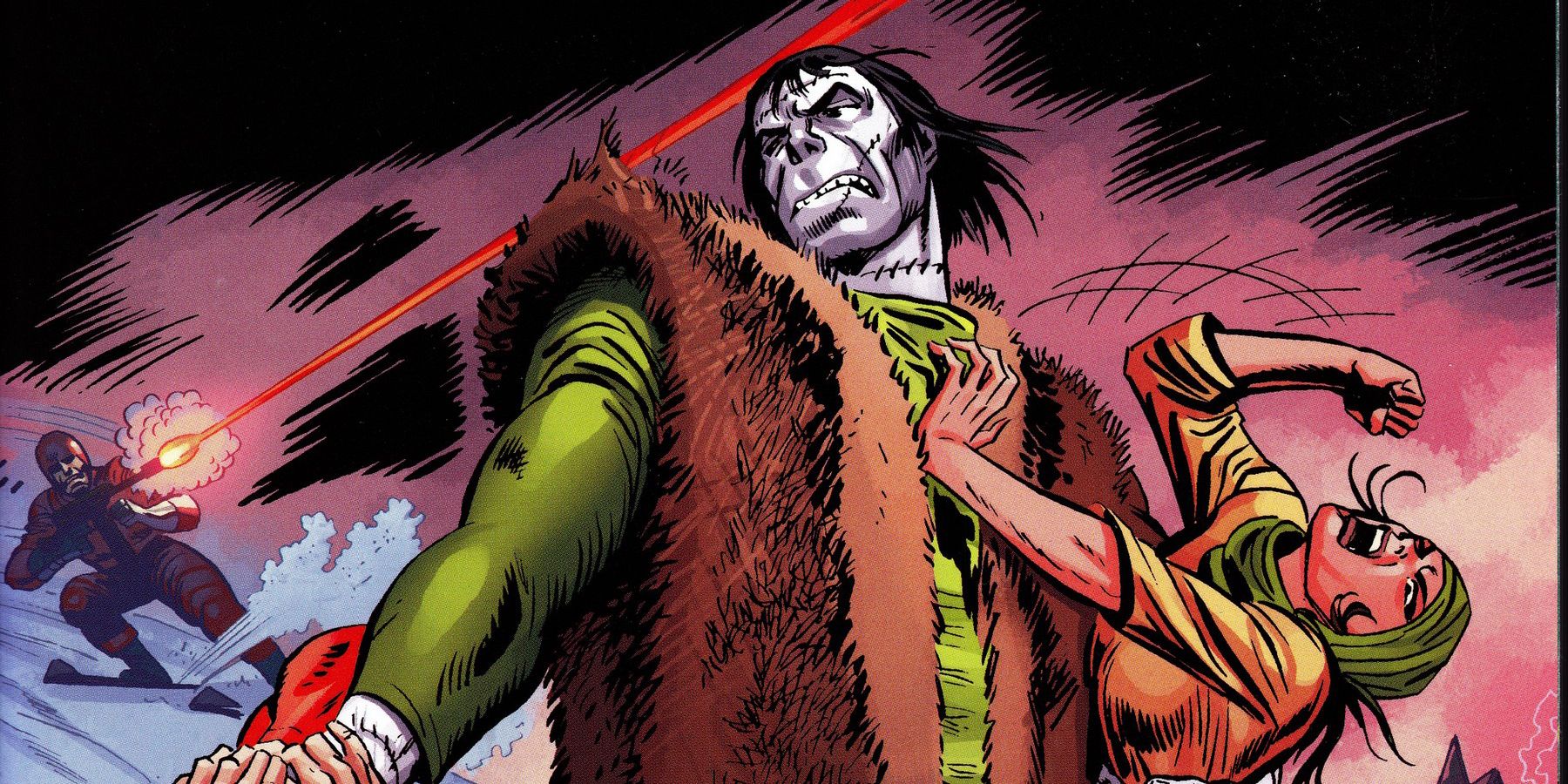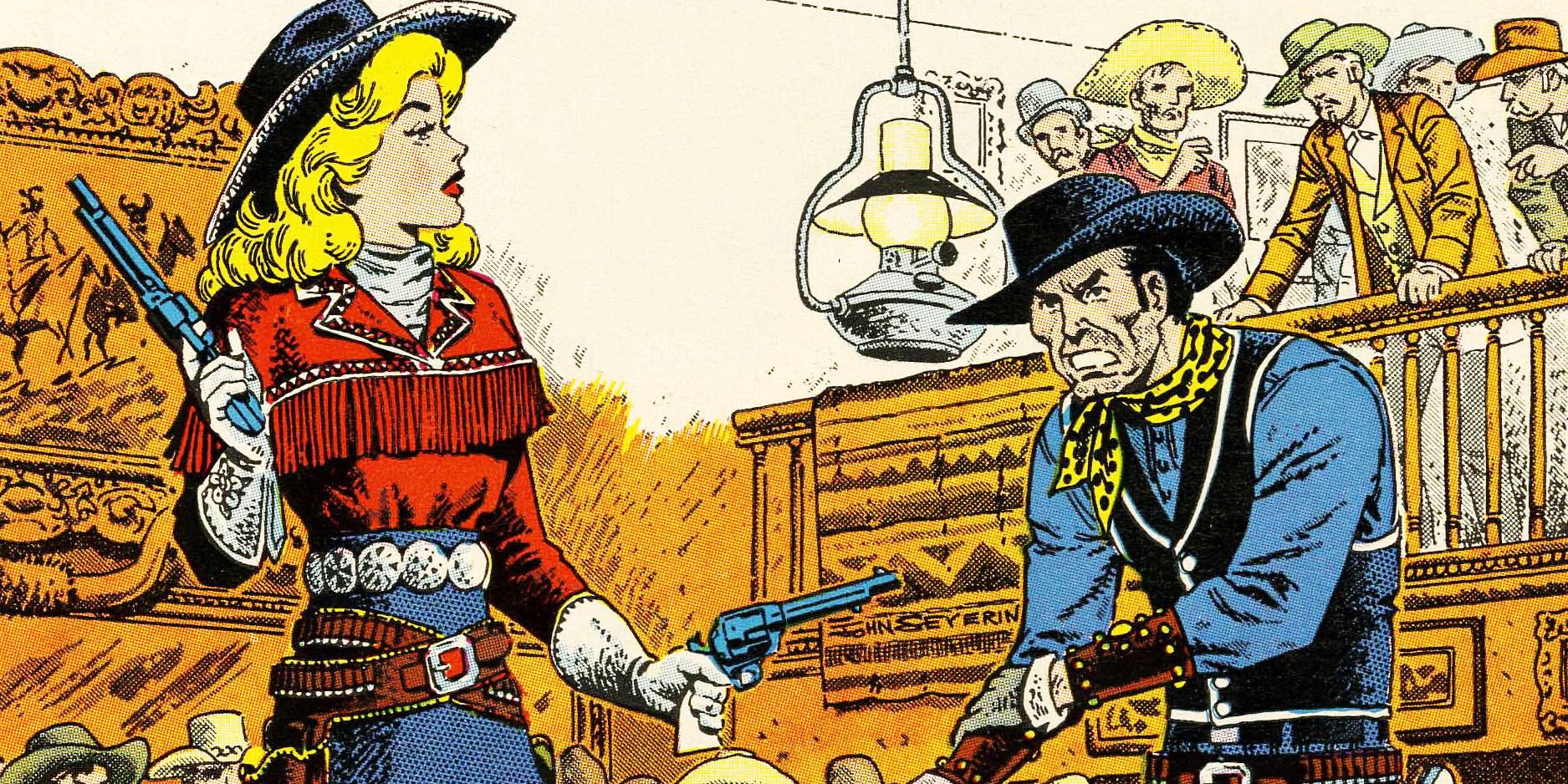To date, many new comic book fans only associate Marvel Comics with their most famous published characters. The juggernaut of superhero movies that dominates the cinema landscape ensures that the likes of Captain America, Iron Man, Black Panther, Thor, and the rest of the Avengers are the only names that come to mind when audiences think of the Marvel Universe. However, the Marvel Universe is much broader than even veteran fans realize, and the cadre of characters it includes is truly impressive in its variety. Founded in 1939 by Martin Goodman, Marvel Comics (the primary imprint of Marvel Worldwide Inc.) began as Timely Publications, and saw the rise of such famous superheroes as the Fantastic Four and Spider-Man, all created by veteran writers and artists like Stan Lee, Jack Kirby, and Steve Ditko.
Despite its famous square jawed icons, Marvel was known for portraying flawed and human superheroes. It explored the origin stories of freaks and misfits, including Count Dracula, Frankenstein, and even Freddy Krueger. It wasn’t afraid to delve into deeply political, or psychological topics, and its issues reflected the era in which they were published. Marvel saw the opportunity in pop culture characters of every era and figured out how to turn them into successful comics; from Bill and Ted, to Beavis and Butthead, no property was off limits. This allowed Marvel the opportunity to explore storylines and narratives that more traditional comics didn’t, and increase their audience with the apparent motto: everything can become a comic book!
19 CONAN THE BARBARIAN
Conan the Barbarian was originally an epic hero Robert E. Howard created for publication in Weird Tales magazine in 1932. The sword and sorcery fantasy lasted for decades, inspiring comics and, of course, the famous films starring Arnold Schwarzenegger.
Marvel Comics published its own adaptation of Conan the Barbarian in the early ‘70s, which proved popular enough to be incorporated into its What If? series, where crossovers made Conan able to interact with current popular Marvel characters. What if Wolverine travelled back in time, beat up Conan, and hooked up with Red Sonja to rule Hybernia? What if Conan travelled to the 20th century and stabbed Captain America in the face? It’s all there!
18 GODZILLA
Classic Marvel characters have fought Galactus and Thanos, so why not Japan’s famous kaiju monster? Godzilla appeared in Marvel’s Godzilla: King of the Monsters where he squared up against the Avengers. It’s actually part of Marvel continuity, and even features an unamused Nick Fury hating on fire-breathing giant lizards.
Marvel created a number of creatures for Godzilla to face because they didn’t have the rights to say, Mothra. But they could have him throw down with Thor, the God of Lightning, or the Fantastic Four, with a red-faced J. Jonah Jameson shaking an angry fist out the window of the Bugle. After 24 issues, Marvel scrapped the series when Toho Studios wanted more money for the licensing.
17 CAPTAIN KIRK
Because there couldn’t be anything cooler than Captain Kirk hanging out with Gambit talking about romancing moon princesses, Star Trek made its debut in Marvel Comics following the theatrical release of Star Trek: The Motion Picture. Sadly, the rights to Star Trek Marvel had only pertained to that film, so all of the issues in the series got crazier and crazier as the writers got more creative.
Kirk and Spock attacked by garden gnomes with crossbows? As if that weren’t ridiculous, in 1996 Marvel got the rights to Star Trek: The Next Generation, and then it was no holds barred with an epic X-Men crossover comic, and Captain Picard meeting Professor Xavier before they’d both be played by Patrick Stewart on-screen.
16 DRACULA
Dracula has popped up in Marvel Comics and its subsidiary publishing companies since the early ‘70s, beginning with Tomb of Dracula in 1972. It featured vampire hunters that fought both him and other supernatural figures, though sometimes he assisted them in repelling mutual threats with his super strength, speed, and the ability to turn himself into various animals as well as smoke.
As the series continued, Dracula faced off against Spider-Man, the X-Men, Blade, and even Howard the Duck. The only person to completely destroy Dracula was Doctor Strange in Doctor Strange #62, but he was eventually revived. The Tomb of Dracula series has continued on and off with additional issues for decades, with Dracula nearly achieving god-like status.
15 G.I. JOE
G.I. Joe was everywhere in the ‘70s and ‘80s, molding young minds into adventurers, explorers, and military commando extraordinaries. First a 12-inch doll, then a figurine, then an animated series -- it wasn’t long until G.I. Joe became a comic.
Based off of Hasbro’s line of popular toys, G.I. Joe: A Real American Hero was a series of Marvel comics that lasted 155 issues, from 1982 until 1994, and focused on Joes’ fight against Cobra Command. Despite being action packed, it was praised for its realism and thoughtful character development. In 1985, G.I. Joe was Marvel’s top comic, getting thousands of fan letters a week, and ushering in a new generation of comic book fans.
14 DARTH VADER
Beginning in 2015, after the sale of Lucasfilm and all intellectual properties contained therein to Disney, Marvel (owned by Disney) was able to start producing Star Wars comics. Previously, Star Wars had been a Dark Horse publication, but now in the hands of Marvel, it took off like a jump into hyperspace.
No character is so beloved and feared in the Star Wars Universe quite like Darth Vader, who became a constant feature in Marvel’s Star Wars series. The Dark Lord of the Sith was even given his own series which lasted for 25 issues, from 2015 to 2016, which explored his early days as a fledgling Sith Lord under the guidance of Emperor Palpatine.
13 HOWARD THE DUCK
For those that only remember Howard the Duck as the universally panned movie released by Lucasfilm, the sarcastic duck actually existed as a character in Marvel Comics. Beginning in 1973 with the release of Adventure into Fear #19, Howard the duck waddled his way through many adventures centered around social commentary and various topical themes.
Howard the Duck always hated being on Earth, the “land of hairless apes”, and complained about them every chance he got. However, he begrudgingly teamed up with famous Marvel heroes to fight off aliens, vampires, and dinosaurs. Spider-Man, the Avengers, and the X-Men have all had to deal with his sass.
12 ALF
In the ‘80s, ALF was a pop culture icon as ubiquitous as the G.I. Joe, or the Teenage Mutant Ninja Turtles. His sitcom, about a lovable furry alien from outer space that comes to live with an All-American family was so popular that it spawned toys, an animated series, and of course, a series of comics.
From 1988 to 1992, Marvel Comics produced the ALF series under its imprint company, Star Comics, which was aimed at younger children. The writers for ALF poked fun at popular Marvel characters by turning them into featured parodies and even, towards the end of the series, took on Marvel Comics staff itself, especially its then Editor-in-Chief.
11 DISNEY’S ALADDIN
When Disney’s Aladdin premiered in 1992, it was part of a series of films that ushered in Disney’s Renaissance. Beginning with The Little Mermaid and Beauty and the Beast, Aladdin kept up the grand tradition of vibrant retellings of classic fairytales from around the world, and was aided greatly by incredible voice acting talent.
Before Marvel and Disney became the power couple they are now, they collaborated on a comic series featuring Aladdin, as well as his sidekick Abu, Genie, and Jasmine. It lasted from 1994 to 1995, and inspired further Disney and Marvel collaborations with how well the series sold.
10 FREDDY KRUEGER
The terrifying Nightmare on Elm Street series involving the demonic Freddy Krueger spawned not only several sequels, but also a series of comics. Marvel Comics and its subsidiaries quickly began publishing Freddy themed comics, beginning with Freddy Krueger’s A Nightmare On Elm Street in 1989.
The series became one of Marvel’s top selling black and white comics. It even outsold the Savage Sword of Conan, which was a much racier telling of the Conan the Barbarian legend. Though it was doing well, Marvel quietly cancelled the series based on anti-violence advocate groups bringing heat to similarly themed media in the ‘80s and ‘90s.
9 BARBIE
From her very first introduction to the market of children’s toys, to her ascent into superstardom with movies, television series, and all manner of memorabilia, Barbie has helped inspire thousands of children to do anything they want. From an astronaut to a computer programmer, Barbie’s done it all, including being in a series of Marvel comic books.
Beginning with Barbie Vol 1 #1 in 1991, Barbie was introduced as a fashion designer. She was a globetrotting, sophisticated young woman that Marvel hoped would inspire young girls to get interested in comic books. It worked for a time, and from 1991 to 1996, Barbie issues sold like the latest Gucci handbag.
8 BEAVIS AND BUTTHEAD
In the mid-’90s, Beavis and Butthead were everywhere. Starting out on MTV, their brand of humor soon spread to other media, including comic books. Veteran Marvel illustrator Rick Parker had always desired to experiment with humor, but at the time, Marvel wasn’t telling the sort of stories that lent themselves to it. The ‘90s was an “extreme” time for comics to be sure, but not in the realm of the duos absurdism.
The first issue of the Beavis and Butthead comic in 1994 sold over 600,000 copies, making it a hit. For the artwork, Parker based his drawings on the original tv show by Mike Judge, a little from Mad comics, and a little of his own style.
7 BILL AND TED
Following the success of Bill and Ted’s Excellent Adventure came Bill and Ted’s Excellent Comic Book. Beginning in 1991, it ran for 12 issues and was even nominated for an Eisner Award in 1992 for Best Humor Comic. Though it was wildly popular, it didn’t continue after 1992.
The plot revolves around Bill and Ted’s recent nuptials, and includes all the characters from their adventures (including historical figures). Death steals the time traveling phone booth before the wedding celebrations can begin, requiring Bill and Ted to enlist the help of their mentor Rufus to help them retrieve it before their wives decide to leave them.
6 BUCKAROO BANZAI
Rockstar. Brain surgeon. Particle Physicist. Race car driver. Buckaroo Banzai is what Tony Stark aspires to be. Along with his intrepid crew of misfits (also rockstars and surgeons) known as The Hong Kong Cavaliers, he fights off alien invaders, gets the girl, and plays to packed clubs.
Originally a 1984 film starring Robocop’s Peter Weller in the role of Buckaroo Banzai, Marvel decided to capitalize on what it thought would be the immense success of the film and create a tandem comic book. Sadly, it only lasted a few brief issues, thus ensuring there would be no epic stories of Buckaroo beating Thanos across the 8th Dimension.
5 CHUCK NORRIS
When Spider-Man co-creator Steve Ditko and the grandfather of Marvel Comics, Stan Lee had a falling out in 1966, Ditko swore he’d never pen another Marvel comic again. In the late ‘70s, however, Ditko had to eat crow, and once again found himself working for Marvel Comics and getting a bunch of unsatisfying work.
One of the series he found himself working on was Chuck Norris and the Karate Kommandos. The first issue entailed a mustache-wearing Chuck Norris saving a school from being overrun by gun-wielding ninjas. Why? That’s not really as important as the ninjas seemingly acknowledging his pop culture cred years before his countless memes and surrendering.
4 PINHEAD
In the grand tradition of ‘80s slasher films, Clive Barker’s Hellraiser brought a little psychological terror to the genre. A man named Frank Cotton procures a mysterious puzzle box from a vendor at an exotic bazaar. If the puzzle is solved, it’s supposed to grant him unimaginable carnal pleasures. Instead, it opens a dimensional portal where “Cenobites”, terrifying dimensional explorers who have been called “demons and angels” rip him apart.
Like a warped version of the Pandora’s Box mythos, Hellraiser explored the danger of getting what you wish for. The leader of the Cenobites, Pinhead, became something of a pop culture icon, and the star of several Marvel comics. Each one explored different victims trying to solve the puzzle box, and how he scares them.
3 THE CONEHEADS
SNL has a habit of developing its most popular skits into full-length movies, stretching out a ten minute sketch into a two hour ritualistic beating of its dead horse. Coneheads was a film in 1993 that featured Dan Aykroyd (who originated the skit on SNL) and company reprising their roles as aliens stranded on Earth who have to make the best of it. They look pretty much like regular humans, except their heads are shaped like giant cones.
The movie was also turned into a television series, and also became a comic by Marvel. The comic was helpful in fleshing out the Remulakian world, and showing other extra terrestrial characters in situations too expensive for either the film or television series to explore.
2 FRANKENSTEIN'S MONSTER
Marvel has adapted many a famous literary monster into a successful comic -- Dracula, the Swamp Thing, the Wolf Man, to name a few. Each of the properties received extensive story arcs that explore their origins, and even some of their inner dialogue, making them more sympathetic. There’s no better candidate than Frankenstein’s monster, a villain that is destined to be misunderstood.
Based on the character by Mary Shelley, Frankenstein’s Monster first appeared in comic form in 1953 as part of Menace #7, written by Stan Lee. A robot version attacked the X-Men in X-Men #40, and it received longer series in the ‘70s beginning with The Monster of Frankenstein.
1 ANNIE OAKLEY
Many know of the famous American sharpshooter Annie Oakley, who at 15 was beating marksman twice her age. When she beat Frank E. Butler in a shooting match at her first competition, he married her and the two joined Buffalo Bill’s Wild West Show and performed shooting tournaments in front of heads of state and royalty.
“Little Sure Shot” became the subject of several Marvel comic books beginning in the late ‘40s, roughly 20 years after the real Annie Oakley had passed away. Annie Oakley Western Tales detailed her exploits on the frontier in many harrowing adventures and lasted for eight years before being discontinued in 1956.

